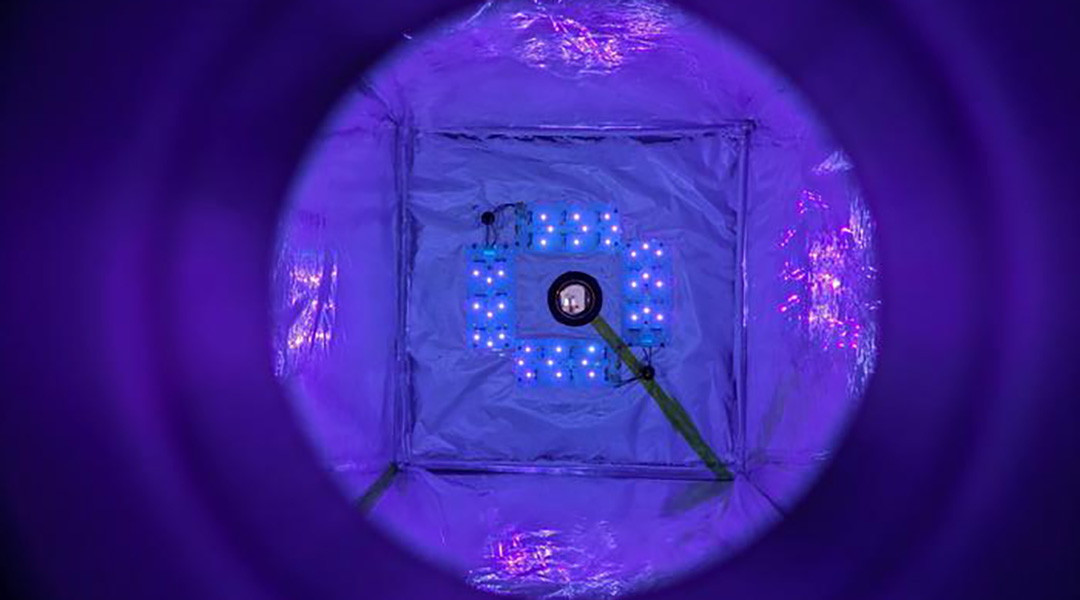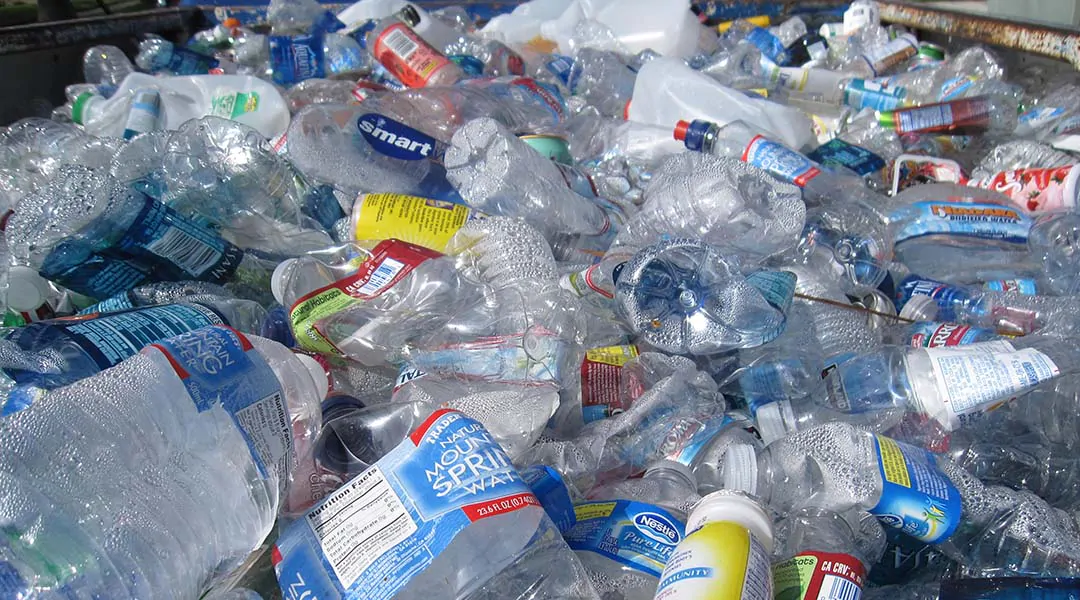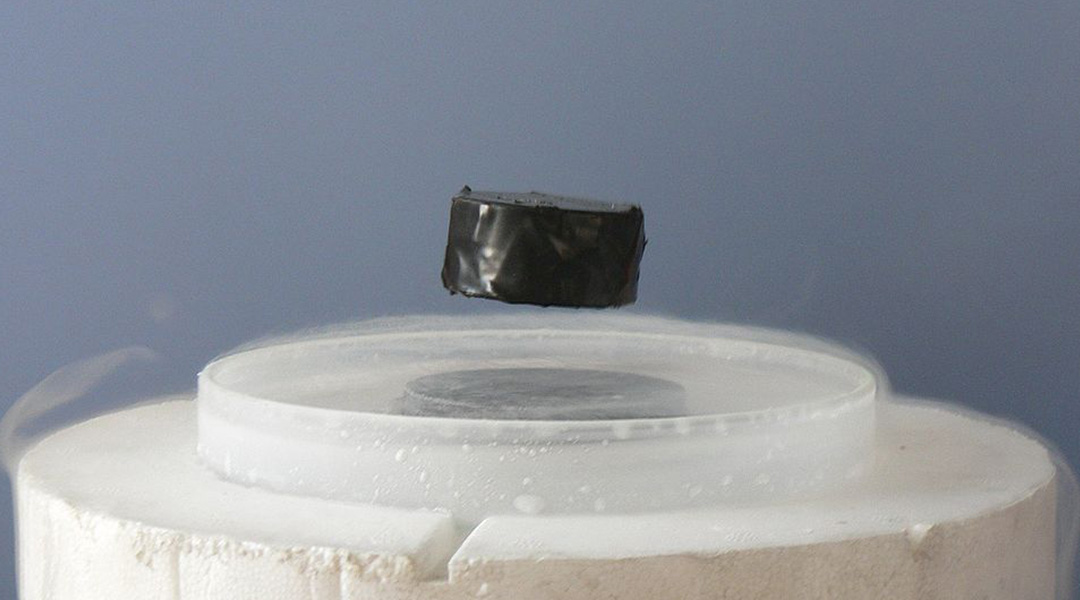Scientists develop a light-driven carbon capture system using photoacids, creating an energy-efficient method to remove atmospheric carbon dioxide.


Scientists develop a light-driven carbon capture system using photoacids, creating an energy-efficient method to remove atmospheric carbon dioxide.

Experts argue a new approach is needed so that we are less reliant on antimicrobial drugs, where less use means less resistance.

Innovative cryopreservation technique revives adult corals, safeguarding their genetic material to seed future populations.

The new device pulls methane out of the air and could help tackle emissions from low-concentration sources, like livestock farms.

Magnetic iron nanoparticles shown to eliminate persistent water pollution, such as microplastics and oils.

With innovations in biosensors, Internet of Things, and machine learning, a collective effort could offer a way to overcome an impending shortage.

Autonomous materials laboratories and the research communities that build them will be crucial to achieving our climate goals.

A flash heating technique breaks down plastic waste and converts it to pure hydrogen and graphene with significantly less emissions and at a low cost.

As glaciers melt, groundwater springs become active and start to release greenhouse gases into the atmosphere

There’s a fascinating link between the structure of bone and LK-99